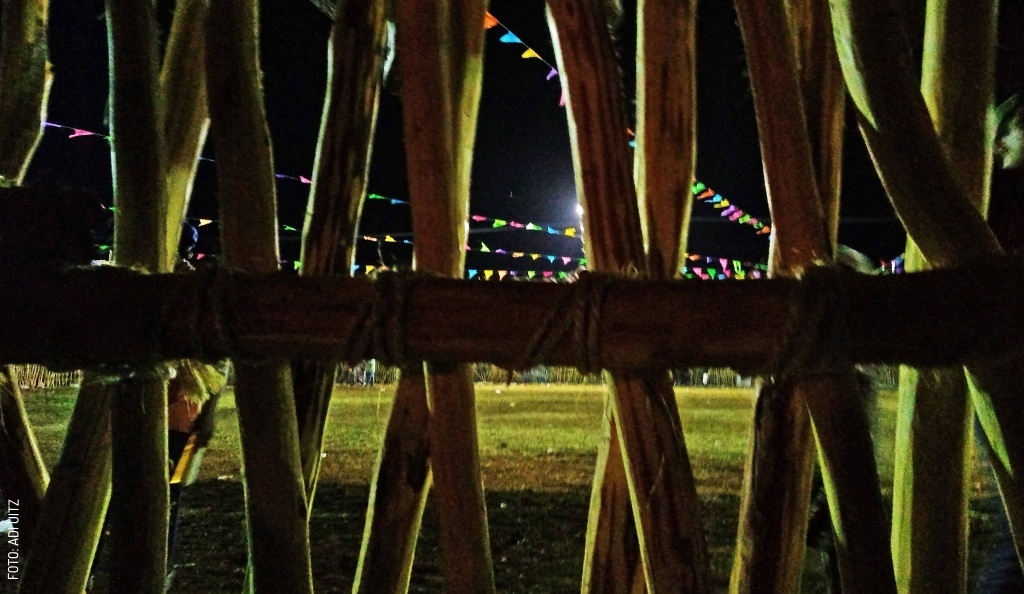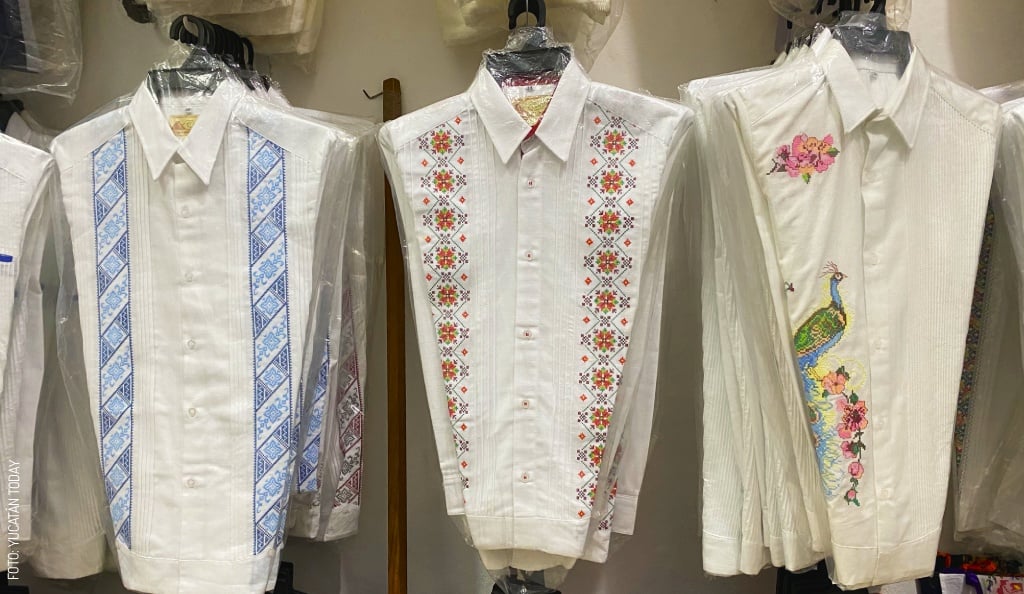All you need to know about the Guayabera!
If you find yourself in southeast México, sooner or later, you'll come across a Guayabera. It doesn't matter if you visit a hacienda, go swimming in a cenote, or have lunch in a local market; we can assure you that you will see at least one person wearing this iconic Yucatecan garment. If you’re unfamiliar with Guayaberas, think of John Hammond in Jurassic Park. Still, in this article, you'll find everything you need to know.
What is a Guayabera?
The Guayabera is a type of shirt characterized by being decorated on the front and back with pintucks, which is the name given to the set of vertical pleats that adorn the fabric. The most classic models have four pockets on the front. This garment, believed to be originally from Cuba, is common in different areas of Latin America and the Caribbean. In Yucatán, we have a special affection for it and have become true masters of its tailoring.
When is it appropriate to wear a Guayabera?
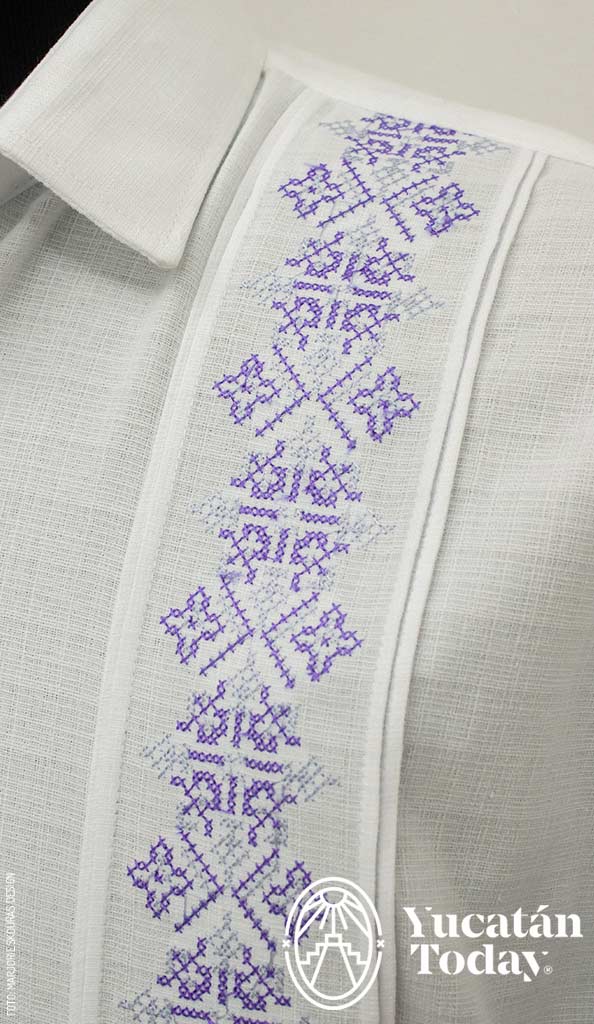 There are Guayaberas for every occasion and commitment. However, the devil is in the details, as it’s the finishes and cuts that determine whether a Guayabera is formal or informal.
There are Guayaberas for every occasion and commitment. However, the devil is in the details, as it’s the finishes and cuts that determine whether a Guayabera is formal or informal.
Possibly, the most elegant Guayabera of all is the so-called "presidential Guayabera;" wearing one is appropriate for the most formal of occasions, as if it were a three-piece suit or even a tuxedo. It stands out from others for being made of white linen, having long sleeves, a classic collar, and having several pintucks. Its only detail is usually a discreet welt or flap pocket at chest level. Presidential Guayaberas are perfect for weddings and gala events. It’s best to pair them with brown dress pants and shoes during the day, while dark-toned pants and shoes are better for the evening.
If you're looking for something sophisticated but not too formal (like attending a dinner or business function), you can opt for long-sleeved, classic collar Guayaberas, but with fewer pintucks and larger pockets. You can also play with frayed and decorative embroideries if you want a more cheerful design.
For informal occasions, there are colored, short-sleeved Guayaberas that look great with denim pants and moccasins. For everyday wear, several brands offer models in a wide variety of tones, short sleeves, Mao collar, and in less rigid materials than linen, such as cotton.
How can I make sure that I’m buying a quality Guayabera?
Beto Wallace, who has 20 years of experience in the world of tailoring, suggests checking three things when you're getting a Guayabera: the fabric, the threads, and the finishes.
Unfortunately, some ill-intentioned tailors make Guayaberas with polyester or cotton blends and then sell them as if they were linen. That's why it is crucial to buy Guayaberas only in recognized stores or from trusted artisans and carefully check the composition labels.
Quality Guayaberas have clean, delicate seams and no loose threads. Just make sure the Guayabera is well-pressed, the buttons are secure, and nothing looks twisted.
How Can I Take Care of My Guayabera?
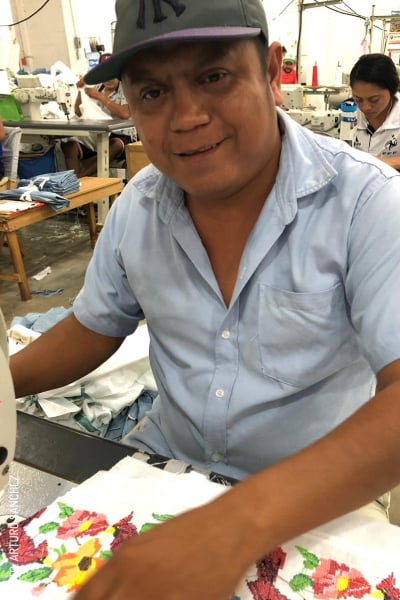 It's almost mandatory to hand wash any garment with artisanal details. If that’s your Guayabera’s case, use mild liquid detergents and only brush the most soiled areas, usually the collar and cuffs.
It's almost mandatory to hand wash any garment with artisanal details. If that’s your Guayabera’s case, use mild liquid detergents and only brush the most soiled areas, usually the collar and cuffs.
If your Guayabera is made of a sturdy fabric with industrial finishes, such as machine-made embroideries, you can machine-wash it, as long as you use a delicate wash cycle.
To care for linen Guayaberas, it's best to take them to the dry cleaner and ask for them to be pressed and starched.
We hope all this information is helpful for you to delve into the wonderful world of Yucatecan regional clothing. Remember that there are Guayaberas for every taste and budget; you just have to look around a bit and make sure you're not being sold a bill of goods. And remember, Guayaberas are not meant to be tucked in!
We thank Beto Wallace, founder of W&W Boutique + Sastre, for sharing his knowledge with us.
Photography by Arturo Sánchez y Yucatán Today for its use in Yucatán Today.

Author: Carlos Argüelles
Fashion designer and cultural agent. Lover of art, history, coffee, and Yucatecan gastronomy.
Receive the latest articles and much more from the best of Yucatán in your email!
Related articles
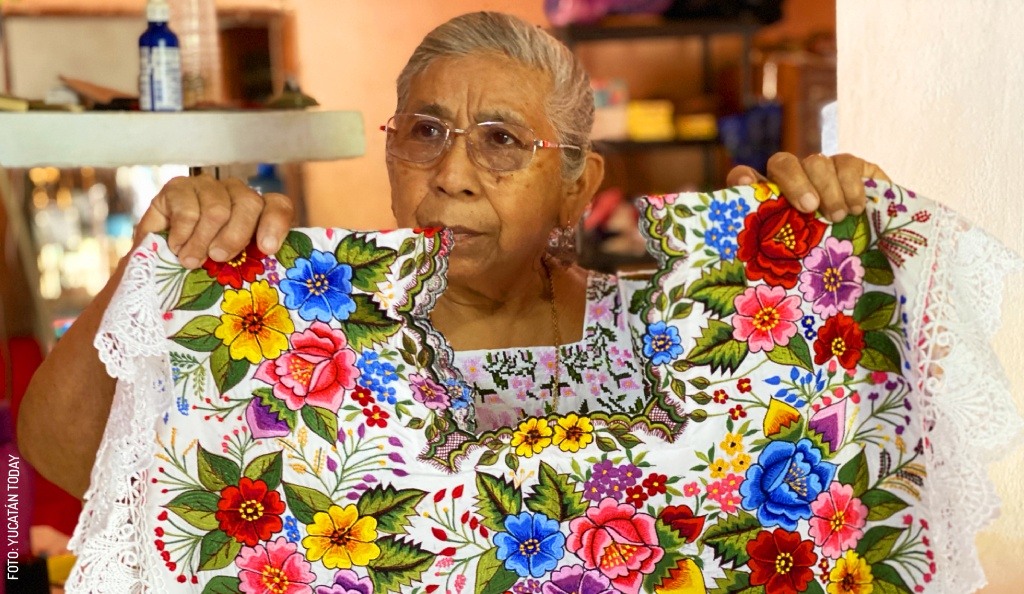
The hipil: What it is, how to wear it, and how to buy it
Learn the history and meaning of the Yucatecan hipil. Combine it, take care of it and always look elegant and authentic with the perfect hipil.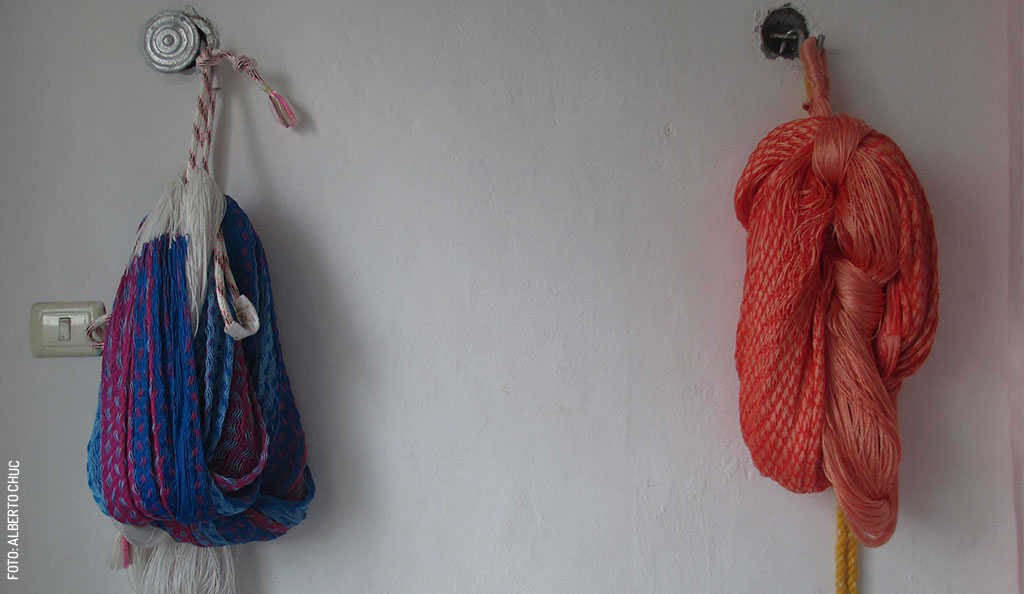
The Art of Hanging Up a Hammock
Explore the art and tradition of hanging up a hammock in Yucatán, a skill passed down through generations. Discover the cultural significance of...